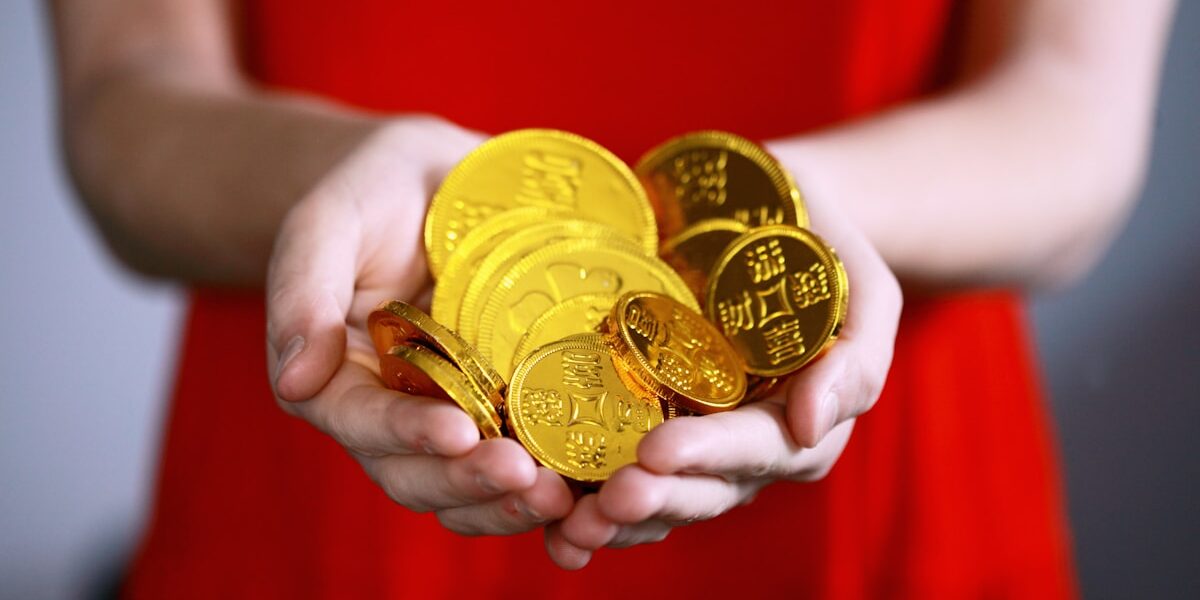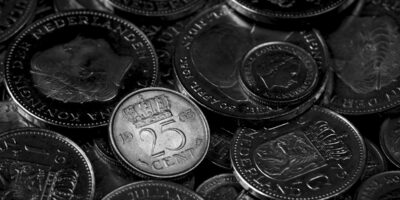The Flying Eagle Penny: A Compact Guide
The United States Mint has produced numerous fascinating coins over the years. Among these, the Flying Eagle penny holds a special place in numismatic history. This small cent piece, minted in the late 1850s, represents both a technological advancement and a significant moment in American coinage.
Origins and Motivation

In the 1850s, the U.S. faced challenges with its copper coinage. The large cent, in circulation since the late 18th century, was unwieldy and expensive to produce. Rising copper prices further complicated the situation. There was a growing need for a smaller, more cost-effective coin. Enter the Flying Eagle cent.
The Flying Eagle penny emerged as a solution. James B. Longacre, the Chief Engraver of the Mint, designed it. This new cent was smaller, reducing the copper content and cost. The decision marked a shift in the minting process and material usage.
Design Features
The design of the coin was innovative and symbolic. On the obverse side, it featured a soaring bald eagle, an emblem of American freedom and strength. Contrary to its name, the eagle appears in a flying pose rather than being perched. This gave the coin its Flying Eagle moniker.
The reverse side depicted a simple yet meaningful wreath of corn, wheat, cotton, and tobacco. These plants symbolized the agricultural bounty of the nation. The wreath encircled the words ONE CENT.
Composition and Specifications
The coin had a composition of 88% copper and 12% nickel. Its diameter was reduced to 19 millimeters, contrasting sharply with its large cent predecessor. The change addressed the public’s desire for more manageable coins. The nickel addition gave the new penny a paler, whitish appearance, distinguishing it from previous copper cents.
Minting and Production Challenges
Production of the Flying Eagle cent commenced in 1856 with pattern coins. These initial pieces were intended for congressional approval and collector interest. The Mint released general circulation coins in 1857 and 1858.
Despite its innovative design, the coin faced minting issues. The harder copper-nickel alloy made striking the coins more challenging. Many examples show weakness in the strike, particularly in areas like the eagle’s feathers.
Short Production Run
The Flying Eagle cent had a brief production life. By 1859, it was replaced by the Indian Head penny. The transition occurred due to ongoing minting challenges and the desire for a more refined design. Nevertheless, the Flying Eagle penny left a lasting impression.
The limited production run increased the coin’s rarity. This rarity has made it a favorite among collectors. The 1856 pattern coins, in particular, are highly sought after due to their limited number.
Rarity and Collectibility
Different issues of the Flying Eagle penny hold varying degrees of rarity. The 1856 coins are the most valuable, often commanding high prices at auctions. They are considered pattern coins and are quite scarce.
- 1856 Issue: Considered a pattern coin. Roughly 1,000 to 2,500 pieces struck.
- 1857 Issue: Over 17 million produced. Still holds collector interest due to its first-year status.
- 1858 Issue: Approximately 24 million minted, with minor varieties adding interest.
Collector demand is strong for these coins. The historical significance, combined with the design’s appeal, maintains their popularity. Both numismatists and casual hobbyists seek these small pieces of history.
Varieties and Mint Marks
Though the Flying Eagle penny has no mint marks, certain varieties exist. Differences in die states and errors can significantly affect a coin’s value. Careful inspection reveals variations in die alignment, strike pressure, and planchet quality.
The 1858 issue, for example, showcases a noticeable variety. The Small Letters and Large Letters varieties differ in the size of lettering in the legend. These subtle distinctions add another layer to collecting these coins.
Pricing and Valuation
Pricing for Flying Eagle pennies depends on the issue year, condition, and rarity. The 1856 coins, being patterns, fetch premium prices. Well-preserved examples in higher grades are especially valuable.
The condition of the coin greatly impacts its value. Collectors categorize these coins based on the Sheldon scale. This scale ranges from Poor (P-1) to Mint State (MS-70). Coins in uncirculated condition naturally command higher prices.
- G-4 (Good): Basic details recognizable. Heavy wear present.
- VF-20 (Very Fine): Moderate wear. Major features remain clear.
- EF-40 (Extremely Fine): Light wear. All details sharp and clear.
- MS-60 (Mint State): No wear. Full luster present.
Authenticity and Grading
When collecting Flying Eagle cents, ensuring authenticity is crucial. Counterfeits and altered coins exist in the marketplace. Familiarity with characteristic features helps ensure genuine pieces are acquired.
Professional grading services can assist in evaluation. Certification provides peace of mind regarding condition and authenticity. Slabbed coins with professional grades are often easier to sell and trade.
Care and Storage
Proper care is essential for maintaining a Flying Eagle cent’s condition. These coins should be stored in a cool, dry environment. Acid-free holders or professionally graded slabs offer protection from damage and environmental harm.
Handling coins should be done carefully. Gloves can be used to prevent oils and dirt from affecting the surface. Avoid cleaning coins, as this can significantly damage them, reducing their desirability.
Historical Context and Legacy
The Flying Eagle penny exists as more than just a collector’s item. It provides insight into a transformative era in American numismatics. This coin symbolizes the transition from cumbersome large cents to the more familiar small cent format we recognize today.
The production of these coins coincided with a pre-Civil War America, a period of change and growth. Their brief but impactful production left a lasting legacy on U.S. coinage. Collectors continue to treasure these pieces for their beauty and historical significance.
Recommended Collecting Supplies
Coin Collection Book Holder Album – $9.99
312 pockets for coins of all sizes.
20x Magnifier Jewelry Loupe – $13.99
Essential tool for examining coins and stamps.
As an Amazon Associate, we earn from qualifying purchases.




Subscribe for Updates
Get the latest articles delivered to your inbox.
We respect your privacy. Unsubscribe anytime.